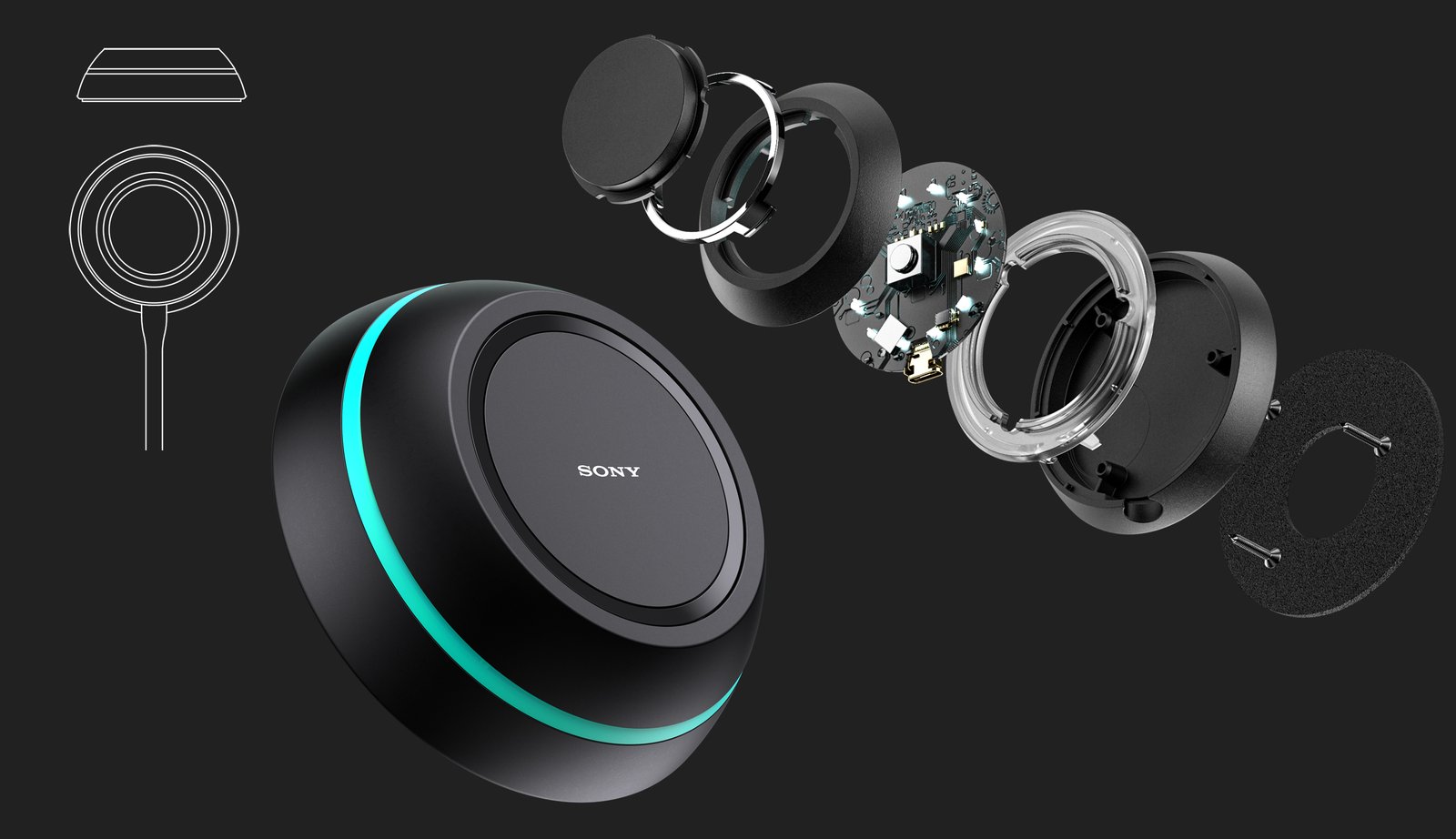
The consumer electronics industry is one of the fastest-growing markets worldwide, fueled by advancements in technology and evolving user expectations. From smartphones and wearables to smart home devices and entertainment systems, every product we interact with daily has been crafted with care and precision by consumer electronics designers. These professionals are the creative and technical minds behind the devices that shape modern lifestyles.
In this guest post, we’ll explore the crucial role of consumer electronics designers, their impact on the industry, the skills that make them invaluable, and why they are driving innovation into the next era of technology.
The Growing Importance of Consumer Electronics Designers
The global demand for consumer electronics is at an all-time high. With billions of devices being produced each year, design has become more than just aesthetics—it’s about creating user-friendly, sustainable, and technologically advanced products.
Consumer electronics designers act as the bridge between engineering and end-users. Their job goes far beyond sketching prototypes; they are responsible for ensuring that a device is not only functional but also delivers a seamless experience.
Some key aspects they focus on include:
- Usability: Devices should be intuitive for all age groups and demographics.
- Aesthetics: Design must resonate with user preferences and current trends.
- Functionality: Features should meet consumer needs without overwhelming them.
- Sustainability: Products should minimize environmental impact and enable longer lifespans.
Responsibilities of Consumer Electronics Designers
The responsibilities of consumer electronics designers cover a wide spectrum, merging creativity with engineering. Their work often involves:
- Concept Development – Identifying consumer needs and sketching initial ideas.
- Industrial Design – Shaping the physical form, size, and ergonomics of devices.
- UI/UX Design – Crafting intuitive user interfaces and experiences for smart devices.
- Material Selection – Choosing cost-effective and sustainable materials.
- Collaboration with Engineers – Ensuring designs can be practically manufactured.
- Prototype Development – Testing models to validate performance and usability.
- Market Research – Understanding trends and consumer behavior.
Their role is truly multidisciplinary, requiring both creative imagination and technical expertise.
Skills That Make Consumer Electronics Designers Successful
To excel in such a dynamic field, consumer electronics designers must master a blend of design thinking and technical know-how. Some essential skills include:
- Creative Problem-Solving: Innovating solutions for complex challenges.
- Knowledge of CAD Tools: Using 3D modeling software like AutoCAD, SolidWorks, or Rhino.
- UI/UX Expertise: Designing intuitive interfaces for connected devices.
- Material Science Understanding: Balancing durability with cost and sustainability.
- Cross-Functional Collaboration: Working seamlessly with engineers, marketers, and manufacturers.
- Trend Awareness: Staying ahead of consumer preferences and global tech shifts.
Why Consumer Electronics Designers Are Driving Innovation
Consumer electronics designers are not only shaping how devices look and feel but also how they integrate into our daily lives. Here are a few reasons why they are at the heart of innovation:
1. Human-Centered Design
Designers prioritize user experience. Every curve, button placement, or interface screen is optimized to make technology feel natural.
2. Integration with Emerging Technologies
With the rise of AI, IoT, and AR/VR, consumer electronics designers are pushing boundaries, ensuring that new technologies are not just advanced but also usable.
3. Sustainability Efforts
As environmental concerns grow, designers are finding ways to minimize waste, use recyclable materials, and create longer-lasting devices.
4. Global Competitiveness
In a crowded market, design is a key differentiator. Innovative designs help brands stand out and build customer loyalty.
Trends Shaping the Work of Consumer Electronics Designers
The consumer electronics industry is evolving rapidly, and designers must stay ahead of trends:
- Smart Home Ecosystems: Seamless device integration within homes.
- Wearable Technology: Health and fitness trackers with sleek, ergonomic designs.
- Sustainable Materials: Biodegradable plastics and recycled metals.
- Minimalist Design: Simplicity and elegance driving modern aesthetics.
- Voice & Gesture Control: Moving beyond physical interfaces.
- AI-Powered Personalization: Devices adapting to individual user behavior.
These trends highlight how consumer electronics designers are critical in meeting the demands of the future.
Challenges Faced by Consumer Electronics Designers
Despite their importance, designers face unique challenges:
- Balancing Innovation and Cost: Groundbreaking ideas must still be affordable.
- Keeping Up with Fast Technology Cycles: Consumer expectations evolve rapidly.
- Sustainability Pressure: Designing eco-friendly devices without compromising performance.
- Global Competition: Standing out in a market dominated by tech giants.
Overcoming these hurdles requires resilience, adaptability, and forward-thinking design strategies.
The Future of Consumer Electronics Designers
The future looks bright for consumer electronics designers. With advancements in AI, IoT, and green technology, the demand for innovative, sustainable, and user-friendly devices will continue to rise. Designers will play a vital role in shaping how technology interacts with humans, blending functionality with emotion.
In the coming years, expect consumer electronics designers to lead the charge in:
- Designing hyper-personalized devices.
- Building sustainable and modular electronics.
- Creating seamless digital-physical experiences.
- Enhancing accessibility and inclusivity in design.
Conclusion
The role of consumer electronics designers cannot be overstated. They are the visionaries transforming complex technology into everyday products that enrich lives. From smartphones to smart homes, their impact is visible in every corner of our digital world. As technology advances, their creativity, technical expertise, and commitment to innovation will remain central to shaping the future of consumer electronics.
Frequently Asked Questions (FAQ)
Q1: Who are consumer electronics designers?
A: Consumer electronics designers are professionals who conceptualize, design, and develop devices like smartphones, wearables, and home electronics, focusing on usability, aesthetics, and functionality.
Q2: What skills are essential for consumer electronics designers?
A: They require creativity, CAD proficiency, UI/UX expertise, material science knowledge, and strong collaboration skills.
Q3: Why are consumer electronics designers important?
A: They make technology accessible and appealing, ensuring devices are user-friendly, sustainable, and aligned with market trends.
Q4: What challenges do consumer electronics designers face?
A: Balancing innovation with cost, adapting to rapid tech cycles, meeting sustainability goals, and competing in a global market.
Q5: What is the future of consumer electronics design?
A: The future includes sustainable materials, AI-driven personalization, smart ecosystems, and inclusive designs that serve diverse users.



